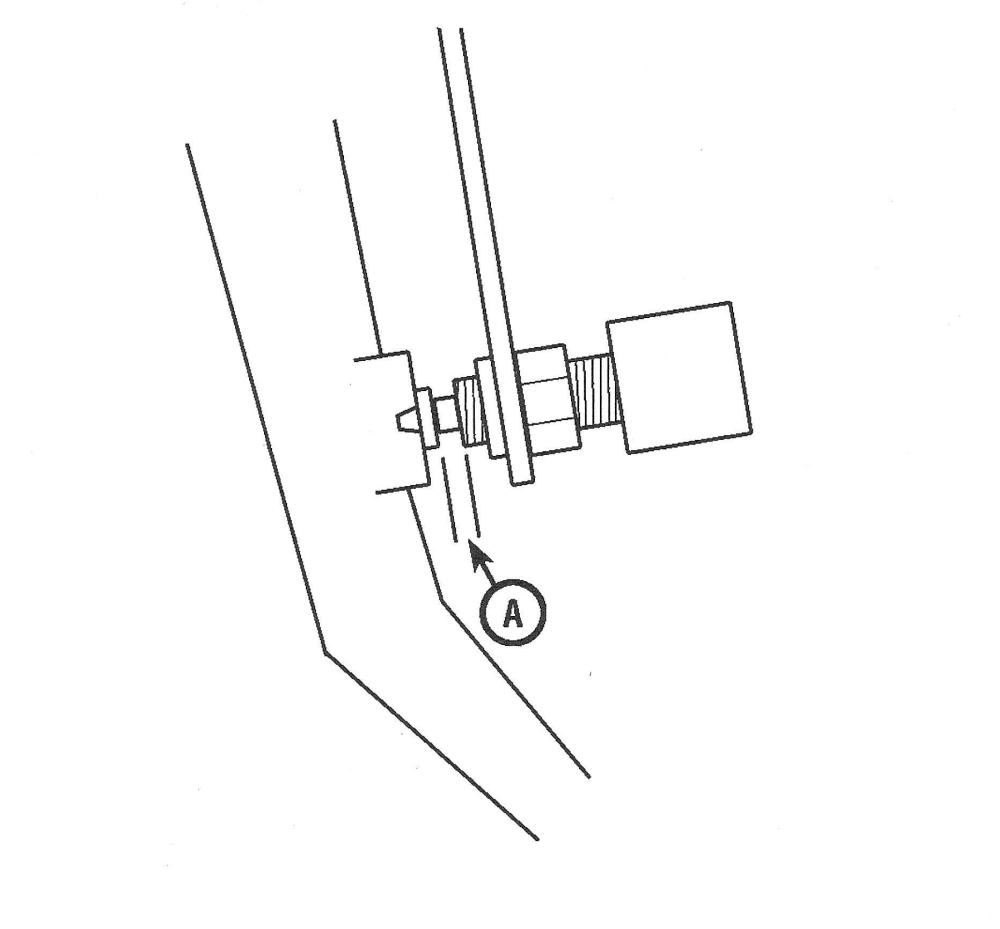Brake light switch — check and replacement
Check
1. The brake light switch is located on the brake pedal bracket. You’ll need to remove the trim panel beneath the steering column to get to the switch and connector (see Body).
2. With the brake pedal in the fully released position, the switch opens the brake light circuit. When the brake pedal is depressed, the switch closes the circuit and sends current to the brake lights.
3. If the brake lights are inoperative, check the fuse and the bulbs (see Chassis electrical system).
4. If the fuse and bulbs are okay, verify that voltage is available at the switch.
5. If there’s no voltage to the switch, search for an open circuit condition between the fuse switch, close the switch (depress the brake pedal) and verify that there’s voltage on the other side of the switch.
6. If there’s no voltage on the other side of the switch, replace the switch. If there is voltage but the brake lights still don’t work, look for an open circuit condition between the switch and the brake lights.
Note: There is always the remote possibility that all of the brake light bulbs are burned out, but this is not yen/ likely.
Replacement
7. Disconnect the electrical connector from the brake light switch.
8. Rotate the switch counterclockwise 90-degrees, so that it unlocks from its holder, then pull it directly out of the holder.
9. To install the switch, insert it into its holder and push it in until the switch body contacts the rubber stop on the brake pedal bracket. Hold the brake pedal up while placing the switch in position. Rotate the switch 90-degrees clockwise to lock it into place. It will achieve the proper clearance to the rubber stop automatically (see illustration).
14.9 When installed, the plunger should protrude the distance given in this Chapter’s Specifications

Caution: Do not press in on the switch while turning it.
10. Plug the electrical connector into the switch.
11. Confirm that the brake lights work properly before placing the vehicle into normal service.